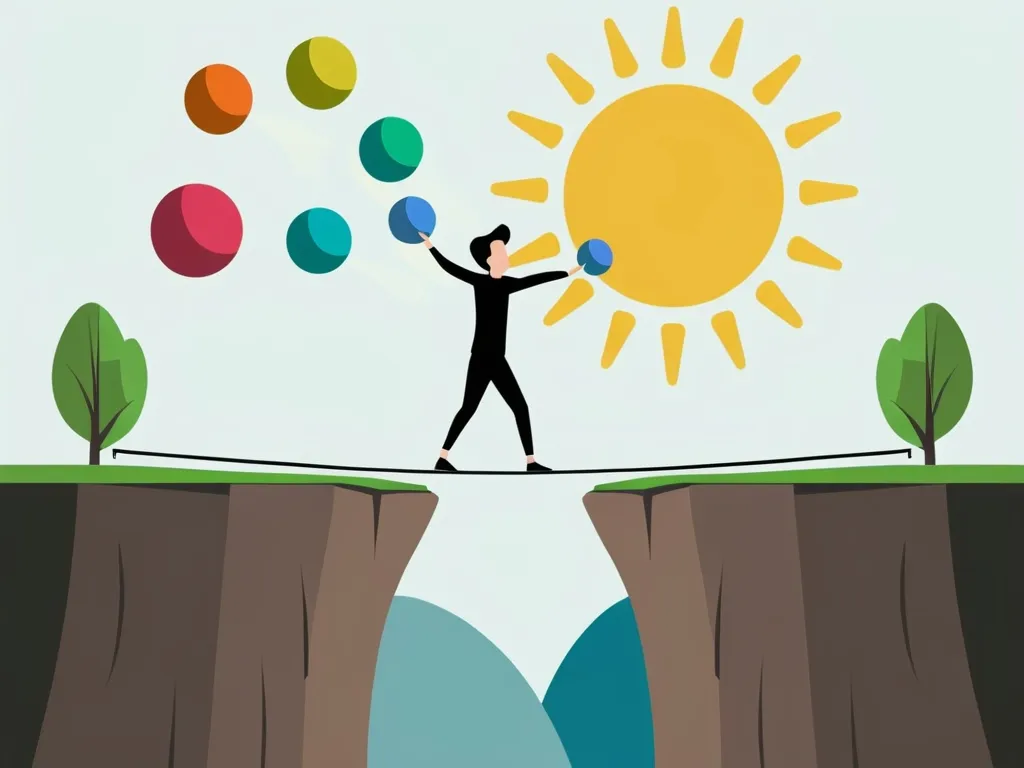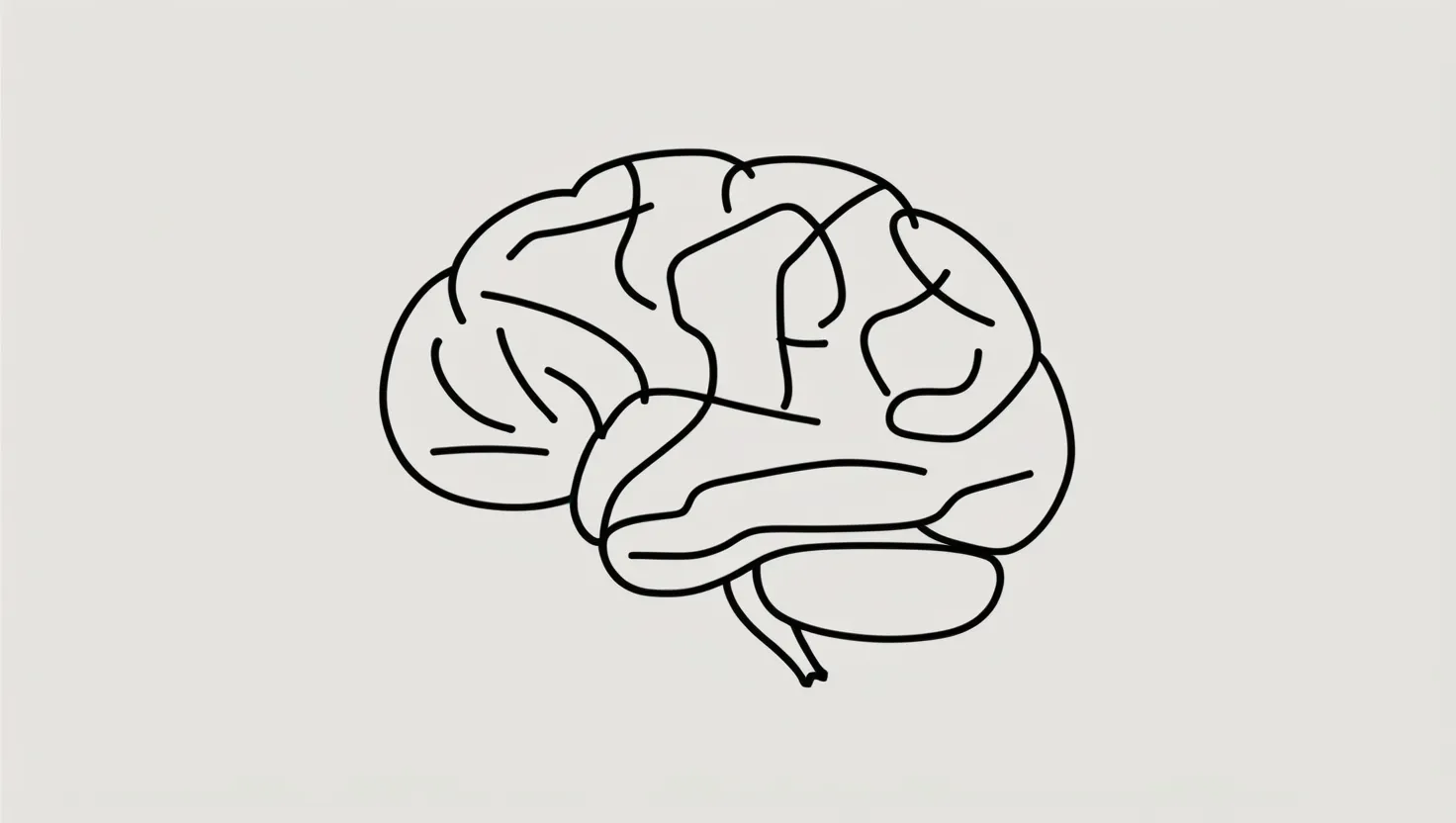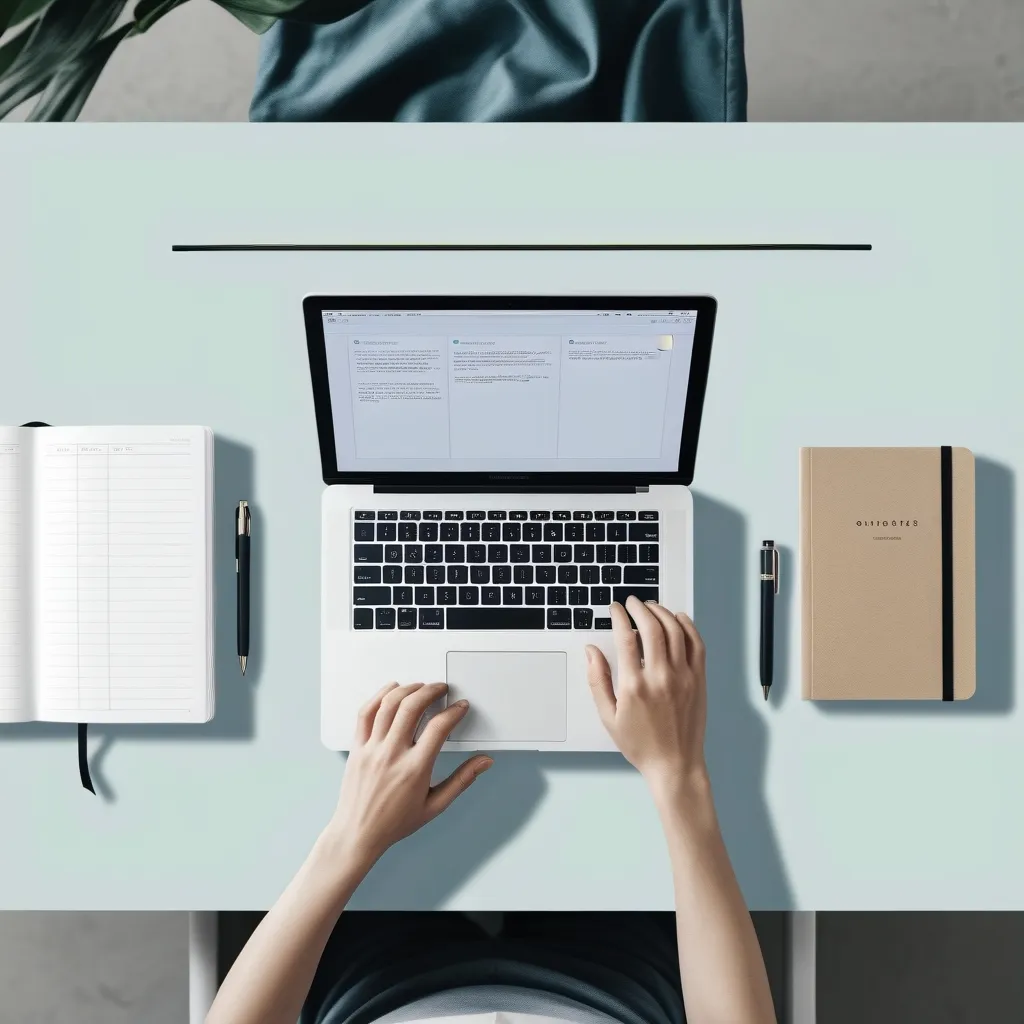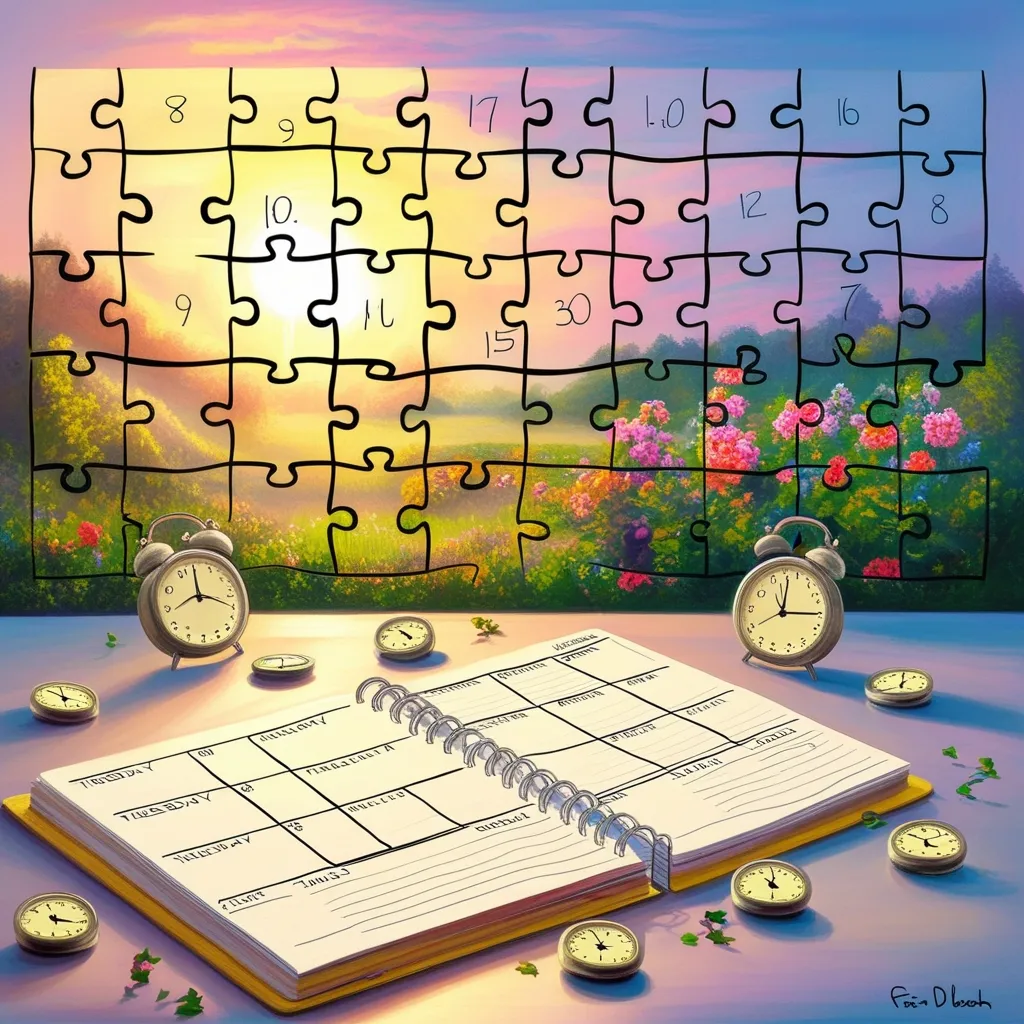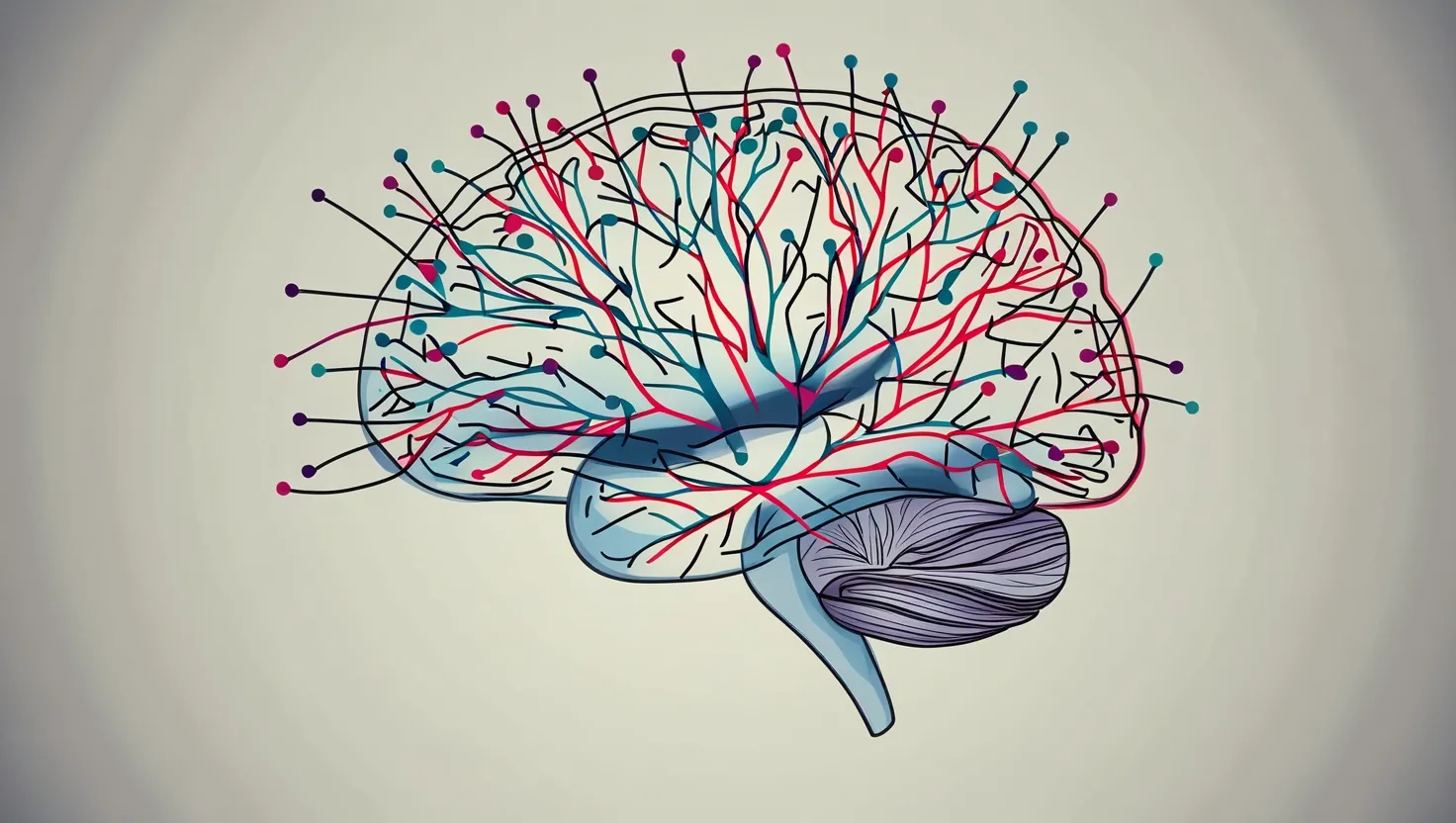In the hustle and bustle of our daily lives, procrastination often gets a bad rap. We’re constantly told to push through, to be more productive, and to avoid those tempting distractions. However, what if I told you that procrastination, when managed correctly, can actually be a powerful ally in your quest for productivity and creativity?
Let’s start with a simple yet profound idea: not all procrastination is created equal. There’s a distinction between mindless delay and what we might call “strategic procrastination” or “productive procrastination.” This isn’t about avoiding work altogether; it’s about using those moments of delay to your advantage.
The Art of Delaying
When you find yourself putting off a task, it’s easy to feel guilty or anxious. But what if you took a step back and asked yourself why you’re procrastinating in the first place? Sometimes, delaying a task can be the best decision you make. It gives you time to gather more information, reflect on your approach, and make more informed decisions.
For instance, imagine you’re working on a complex project that requires innovative solutions. Rushing into it without giving your mind time to process the information can lead to mediocre results. By delaying your start, you allow yourself to incubate ideas, letting your subconscious mind work on the problem in the background. This approach can lead to more accurate decisions and creative breakthroughs.
The Power of Incubation
Incubation is a key concept here. When you give yourself time to think about a problem without actively working on it, you open yourself up to new perspectives and ideas. This is why many creative people and problem solvers often find that their best ideas come when they’re not directly focused on the task at hand.
For example, if you’re a writer struggling with a story, taking a break to engage in a different creative activity can be incredibly beneficial. This could be anything from painting to cooking, or even just taking a walk. The act of stepping away allows your mind to wander and can lead to fresh insights that you might not have discovered otherwise.
Prioritization and Focus
Strategic procrastination also helps you prioritize your tasks more effectively. When you feel the urge to procrastinate on a particular task, it might be your subconscious telling you that the task isn’t as important or meaningful as you thought. This is a signal to reevaluate your priorities and focus on what truly matters.
I’ve found this to be particularly useful in my own work. When I’m procrastinating on a task, I ask myself if it’s really necessary. If it’s not, I either delegate it or automate it if possible. This frees up my time and energy for tasks that are truly critical.
Managing Your Time Effectively
Effective time management is at the heart of strategic procrastination. It’s about balancing action and delay, ensuring that you’re using your time wisely. One approach is to use time blocking, where you allocate specific times for focused work and for procrastination.
For example, you might dedicate your most productive hours to your main project and use your less productive hours for smaller, less demanding tasks. This way, you’re still making progress on multiple fronts without feeling overwhelmed.
Leveraging Your Chronotype
Understanding your chronotype—the natural rhythm of your day—can also enhance your productivity. Some people are morning larks, while others are night owls. Knowing when you’re most alert and focused can help you schedule your tasks accordingly.
If you’re a morning person, reserve those hours for your most critical tasks. If you’re more productive in the evening, save your most challenging work for then. By aligning your tasks with your natural energy levels, you can achieve more in less time.
The Role of Breaks
Breaks are another crucial element in strategic procrastination. Taking regular breaks can help you maintain focus, reduce stress, and boost overall productivity. These breaks don’t have to be idle; they can be restorative activities like walking, socializing, or practicing mindfulness.
For instance, if you’re working on a demanding project, taking short breaks to stretch or meditate can help you come back to the task with renewed energy and clarity. This approach ensures that you’re not burning out and that your work remains high-quality.
Creative Peaks and Productive Procrastination
Identifying your creative peaks is essential for maximizing your productivity. These are the times of the day when you’re most likely to come up with innovative solutions. By reserving these hours for your most important work, you can ensure that you’re making the most of your creative potential.
When you’re not in your creative peak, you can engage in what’s known as “productive procrastination.” This involves working on smaller, less demanding tasks that still contribute to your long-term goals. For example, if you’re a writer procrastinating on a novel, you might write an article or blog post instead. This keeps you productive while giving your mind a break from the more intense work.
Overcoming Creative Blocks
Strategic procrastination can also help you overcome creative blocks. When you’re stuck on a task, taking a step back and engaging in a different activity can spark new ideas. This is because your subconscious mind continues to work on the problem even when you’re not actively thinking about it.
I recall a time when I was working on a complex writing project and hit a wall. Instead of forcing myself to continue, I decided to take a break and work on a different project. During this break, I found myself daydreaming about the original project, and suddenly, a solution presented itself. This wouldn’t have happened if I had continued to force myself to work on it without giving my mind the space to incubate the ideas.
Balancing Work and Leisure
Strategic procrastination isn’t just about work; it’s also about maintaining a healthy balance between work and leisure. By allowing yourself periods of rest and relaxation, you can recover from intense bouts of productivity and maintain your progress over the long term.
This balance is crucial for avoiding burnout. When you’re constantly pushing yourself without taking breaks, you risk exhausting your mental and physical resources. By incorporating strategic procrastination into your routine, you ensure that you’re always coming back to your tasks with renewed vigor and creativity.
Personal Strategies
So, how can you start incorporating strategic procrastination into your daily routine? Here are a few personal strategies that have worked for me:
- Have a main project and a side project: This helps you stay focused while still making progress on multiple fronts. When you’re procrastinating on one, you can switch to the other.
- Practice time blocking: Allocate specific times for focused work and for procrastination. This ensures that you’re using your time effectively.
- Divide big projects into smaller tasks: Breaking down large projects into smaller, manageable tasks can make them less overwhelming. When you feel the urge to procrastinate, you can work on a different aspect of the project.
- Maximize your creative peak: Identify your most productive times of the day and reserve them for your most important work.
Conclusion
Procrastination doesn’t have to be the enemy of productivity. When managed strategically, it can become a powerful tool for creativity, innovation, and effective time management. By embracing those moments of delay and using them to incubate ideas, reflect on your approach, and prioritize your tasks, you can turn what was once a productivity pitfall into a strategic advantage.
So the next time you find yourself procrastinating, don’t feel guilty. Instead, ask yourself what you can gain from this moment of delay. Is there a new perspective you can explore? A creative block you can overcome? By transforming procrastination into a conscious strategy, you can achieve more than you ever thought possible.
